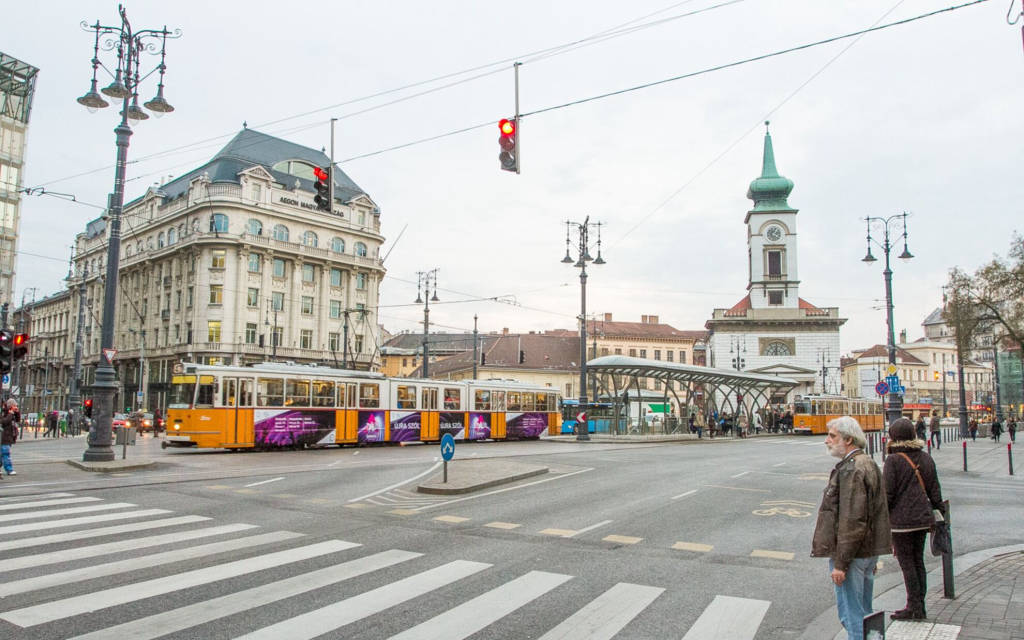Kálvin Square, located in the heart of Budapest, is a bustling urban hub that intertwines history, culture, and modernity
Kálvin Square, located in the heart of Budapest, is a bustling urban hub that intertwines history, culture, and modernity. Named after the Reformed theologian and pastor John Calvin, the square has been a focal point for both locals and tourists since its establishment.
At the heart of Kálvin Square stands the Kálvin tér Reformed Church, a neo-Romanesque masterpiece designed by Sámuel Réber. This church, with its distinct twin towers and ornate facade, adds a touch of historical grandeur to the square. Adjacent to the church is the Hungarian National Museum, a prominent institution showcasing the nation's rich cultural and historical heritage.
Surrounded by a mix of architectural styles, including Art Nouveau and Neo-Baroque buildings, Kálvin Square exudes a dynamic energy. The square serves as a transportation hub, with metro lines converging here and numerous tram and bus routes passing through, making it a central point for commuting and exploration.
Kálvin Square is not only a transportation nexus but also a cultural crossroads. The square hosts various events, markets, and festivals, attracting a diverse crowd. The vibrant atmosphere is complemented by the presence of cafés, restaurants, and shops, creating a lively ambiance day and night.
Throughout history, Kálvin Square has witnessed pivotal moments, including political demonstrations and commemorations, reflecting its significance in Hungary's narrative. The square's strategic location near the Danube River and its proximity to other landmarks, such as the Great Market Hall and the Hungarian Parliament Building, make it an integral part of Budapest's urban landscape.
Whether it's exploring the historical church, immersing oneself in the treasures of the National Museum, or simply enjoying the lively street life, Kálvin Square encapsulates Budapest's ability to seamlessly blend tradition and modernity, offering a vibrant and dynamic experience in the heart of the city.
 Register
RegisterSign in Travel Agent
Sign in Supplier
Sign in Affiliate
Sign in Guru



 Budapest, Kálvin tér, Hungary
Budapest, Kálvin tér, Hungary